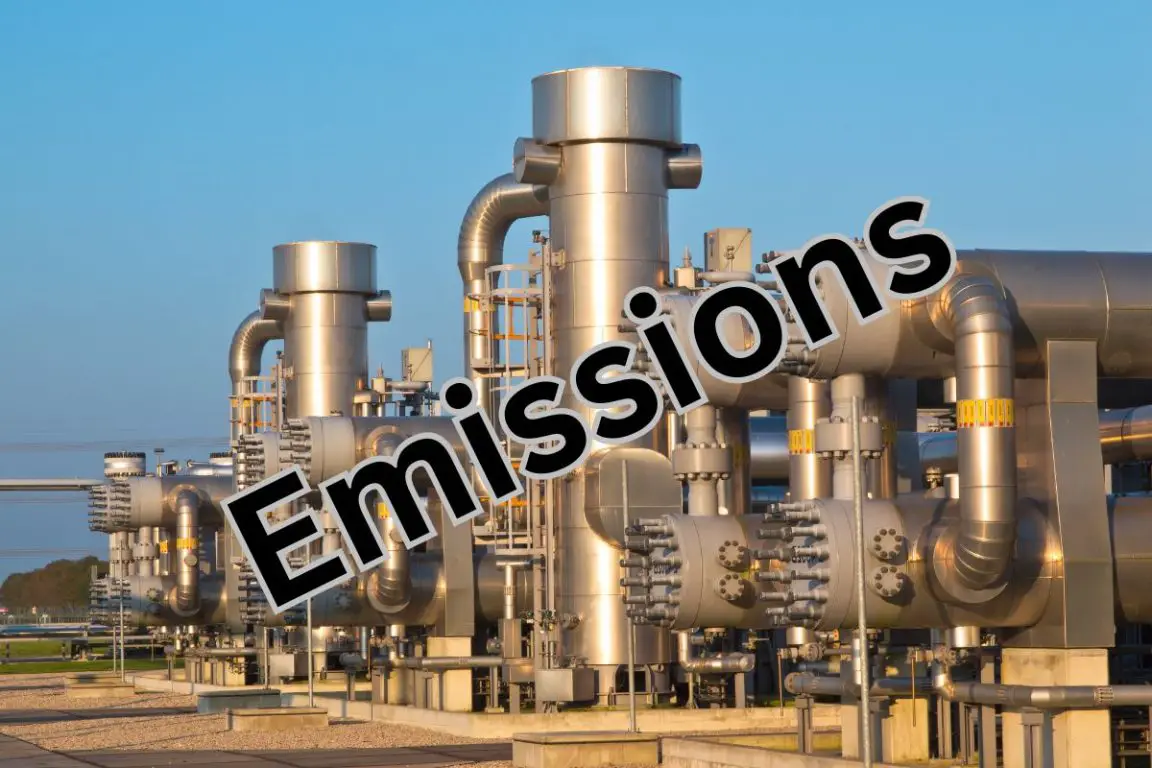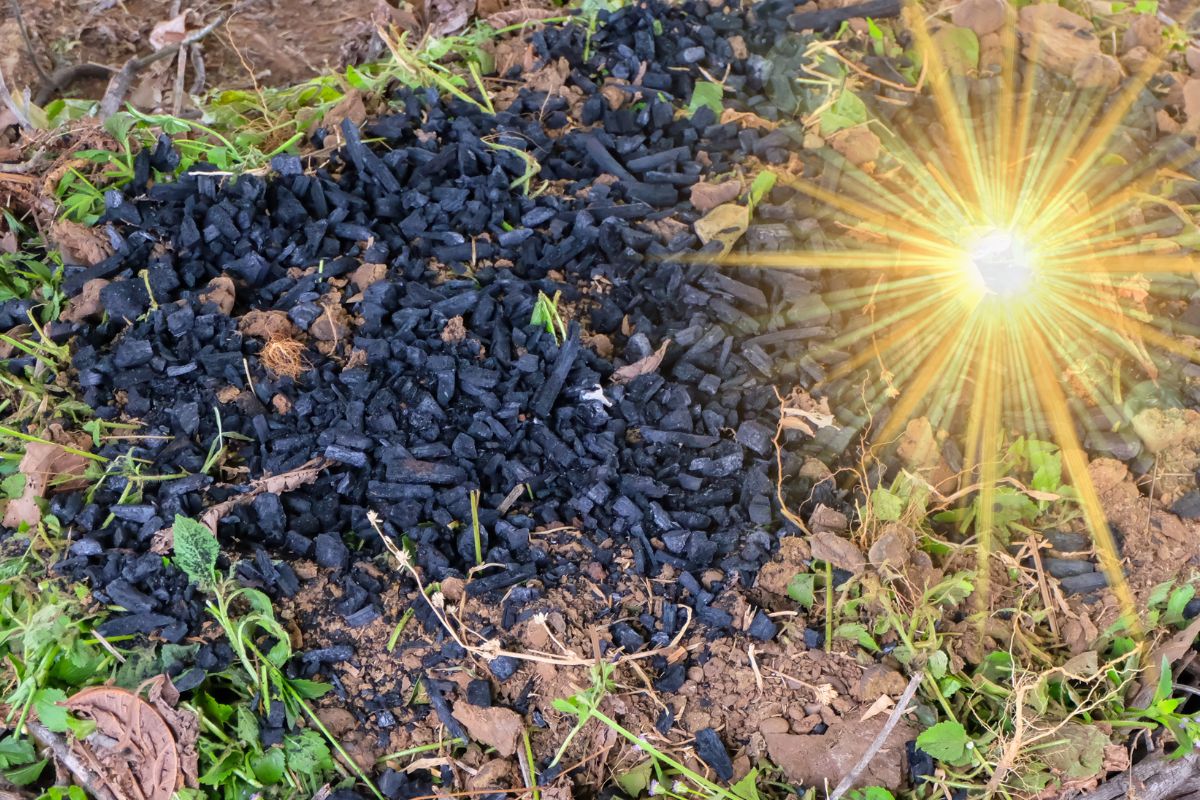Researchers used the sun and agricultural waste to produce H2 with far less required energy
Scientists from the University of Illinois, Chicago (UIC) have announced that they’ve developed a new process using a form of agricultural waste called biochar to produce hydrogen fuel using substantially less energy.
The method powered a water electrolyzer with the carbon-rich substance
The UIC researchers were able to produce hydrogen fuel in its gas form using water, solar power, and manure, husks and other agricultural waste. The team said that they were able to achieve a 600 percent reduction in the amount of energy needed to split the water molecules and capture the H2.
They feel that their method opens the door to creating H2 in a sustainable and environmentally friendly way.
The research was published in the Cell Reports Physical Science journal.
Producing hydrogen fuel using biochar
Researchers worldwide are looking for new, sustainable, and clean methods of H2 production in order to create a fuel that can be used without producing carbon emissions. That said, it is also important to note that they want to produce that fuel without generating emissions in doing so.

Currently, the most common methods of H2 production use fossil fuels such as natural gas (methane), and the emissions go unabated. Even coal is still being used for this purpose.
Meenesh Singh, an engineer at UIC, led the research team in the hopes of coming up with method that is usable and affordable, so that it will have practical use, not just theoretical.
The reason biochar was chosen as part of this process is that it is highly available and greatly reduces the amount of electricity required to power an electrolyzer.
Quick Points on How It Works
-
Electrolysis is Needed for Process: Normally, splitting water into hydrogen and oxygen (a process called electrolysis) needs a lot of electricity. Industrially, this electricity often comes from fossil fuels.
-
Biochar Introduction: The new process uses a material called biochar, which is made from agricultural waste mixed with sulfuric acid. Biochar is rich in carbon.
-
Electricity Reduction: By adding biochar to the water during electrolysis, the amount of electricity needed drops significantly. For instance, using cow manure-based biochar alone reduced the power needed by six times.
-
Solar Power: The reduced electricity demand is so low that it can be met with a single solar cell, similar to those used in calculators, which produces even less power than an AA battery.
Environmental and Economic Benefits
- Net-Zero Emissions: The process aims to capture any carbon dioxide produced, potentially using it for other products like beverages or plastic-making chemicals.
- Sustainable Farming: This method can help farmers generate their own energy or create new revenue streams from agricultural waste.
Looking to renewable energy
 The team focused on using electricity generated by wind and solar farms, as well as additional energy recovered from waste products. As a result, the outcome is a net zero greenhouse gas system.
The team focused on using electricity generated by wind and solar farms, as well as additional energy recovered from waste products. As a result, the outcome is a net zero greenhouse gas system.
“We are the first group to show that you can produce hydrogen-utilizing biomass at a fraction of a volt,” explained Singh, who is a Department of Chemical Engineering professor at the university. “This is a transformative technology.”

